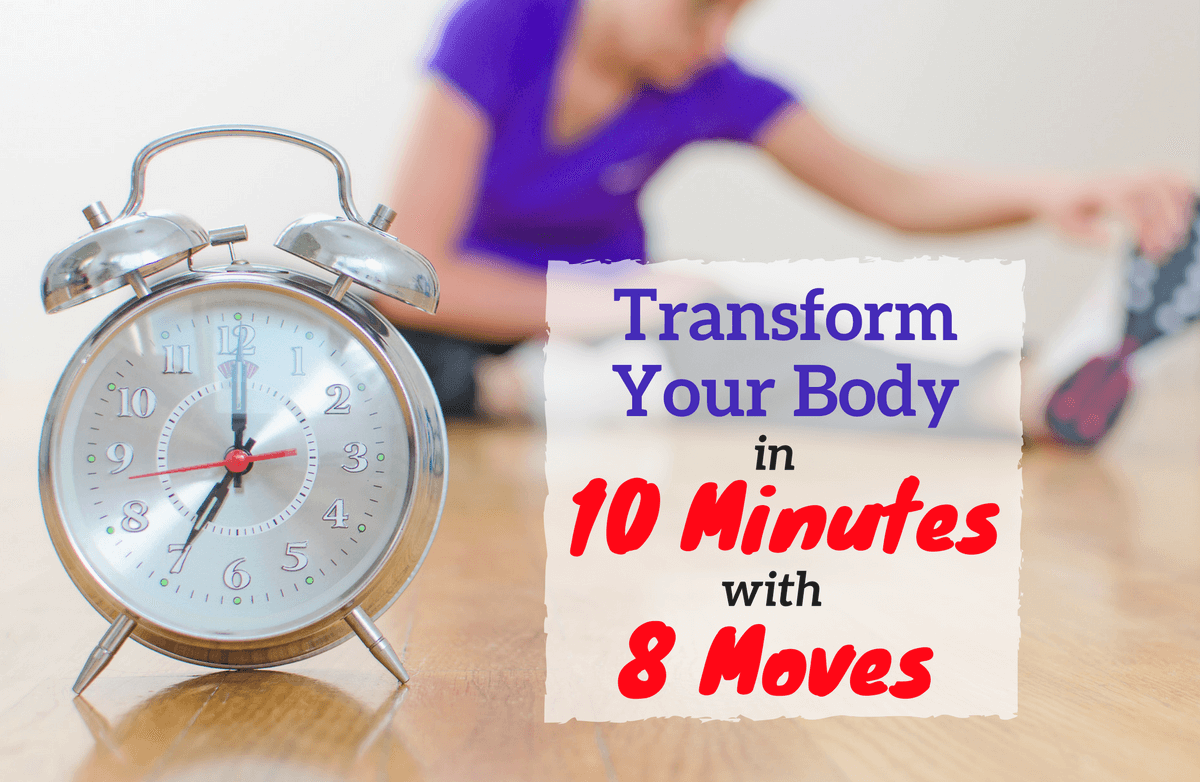|
Whether you're a casual exerciser or an elite athlete, we've all been through workouts when our minds begin to interfere, preventing us from achieving our daily goals. In fact, research has proven that it's usually the mind—not the body—that fatigues first and stops us from reaching our full physical potential. Even top Olympic athletes deal with mental distraction and fatigue during their training sessions. It is in these moments that they must learn how to effectively master their minds in order to sustain motivation, confidence, intensity, focus, and emotional control so that they can follow through on their pre-planned workouts and prepare for competition. We think with our bodies, not just our minds. What we say (to ourselves or to someone else) affects how we feel. How we feel affects how we behave. How we behave affects what we achieve. Thus, we must learn to effectively talk to our bodies so we can optimize our performance. In sport psychology, we use the terms association and dissociation to describe two skills elite athletes use to harness control of their inner dialogue, save and direct energy as needed, and ultimately get results. The recommendations below are based on two decades of research in sport and exercise science. They continue to work for me, they continue to work for my clients, and I trust they will work for you, too, so that you can get the most out of your own workouts. Technique #1: Applying the Skill of Association Simply put, association means tuning in to your training with 100 percent focus on one thing. When you devote all your attention to one thing, there is little (if any) room to think about something else. Tuning in to your training blocks out all negative thoughts and distractions, leaving you with positive mental and physical energy to power through high-intensity exercises. Think about the last time you felt emotionally and mentally drained during a workout. When you felt your body becoming weak, did you doubt your ability to complete a specific set of challenging exercises? Did you start talking to yourself about the desire to be anywhere else but in the gym? You're not alone. Most people aren't trained to develop the kind of mental toughness they need to cope with the demands of high-intensity exercise. Instead, they involuntarily switch from a mindset of determination, confidence, and pleasure to thinking about frustration and fatigue. The next time you find yourself in this negative mental state during a workout, use association. For example, if you are sprinting on a bike, you can focus on maintaining your cadence. If you are holding chair pose in yoga, you can focus on your breath. If you are doing bicep curls, you can watch yourself in the mirror to make sure your elbows stay slightly in front of your body. Tuning in to one specific movement or technique will help you become completely immersed in the task at hand. Not only will association improve your mental focus by giving you a positive way to cope with the physical discomfort of exercise, but the energy you free up will create a boost in your overall performance, too. Technique #2: Applying the Skill of Dissociation Dissociation, on the other hand, can save energy during low- to moderate-intensity exercise such as an hour-long bike ride, marathon training or any other endurance exercise. To be blunt, if you find it challenging to think positively, often the best thing to do is shut up! Dissociation is all about tuning out the work and focusing on anything that provides a mental detachment from the activity and elicits positive emotions. Research demonstrates that for training intensities below 75 percent of maximal heart rate, distracting yourself by watching television, reading, listening to your favorite music, or socializing with a training partner reduces your perceived exertion by about 10 percent. In other words, if you were to rank your rate of perceived exertion as a nine out of ten, using dissociation would lower that rating to an eight out of ten. When you tune out the work, during moderate intensity training, your muscles and vital organs send a message to your brain saying that the task seems easier. As a result, you can exert more effort while simultaneously having a more enjoyable workout. Be selective when you choose the songs, magazines, movies, and training buddies to positively distract you during training. Your goal here is to effectively replace emotional fatigue, boredom, and negativity with something or someone that inspires confidence and elicits positive emotions to super charge your energy for fitness. When you do this, not only will training become more fun, but your performance will also increase, escalating your results. Dissociation is especially useful for people who find it difficult to stick to a consistent exercise plan. Utilizing dissociation can help to make training more pleasant and a regular part of your daily routine. Remember, mental fatigue often sets in before physical fatigue. For this reason, we must quickly turn to association or dissociation so that we can continue to get the most of our fitness training, experience an incredible boost in overall performance and produce the best results possible. |
Popular EntriesRelated Entries
More From SparkPeople
|




.png)


.png)










.png)



